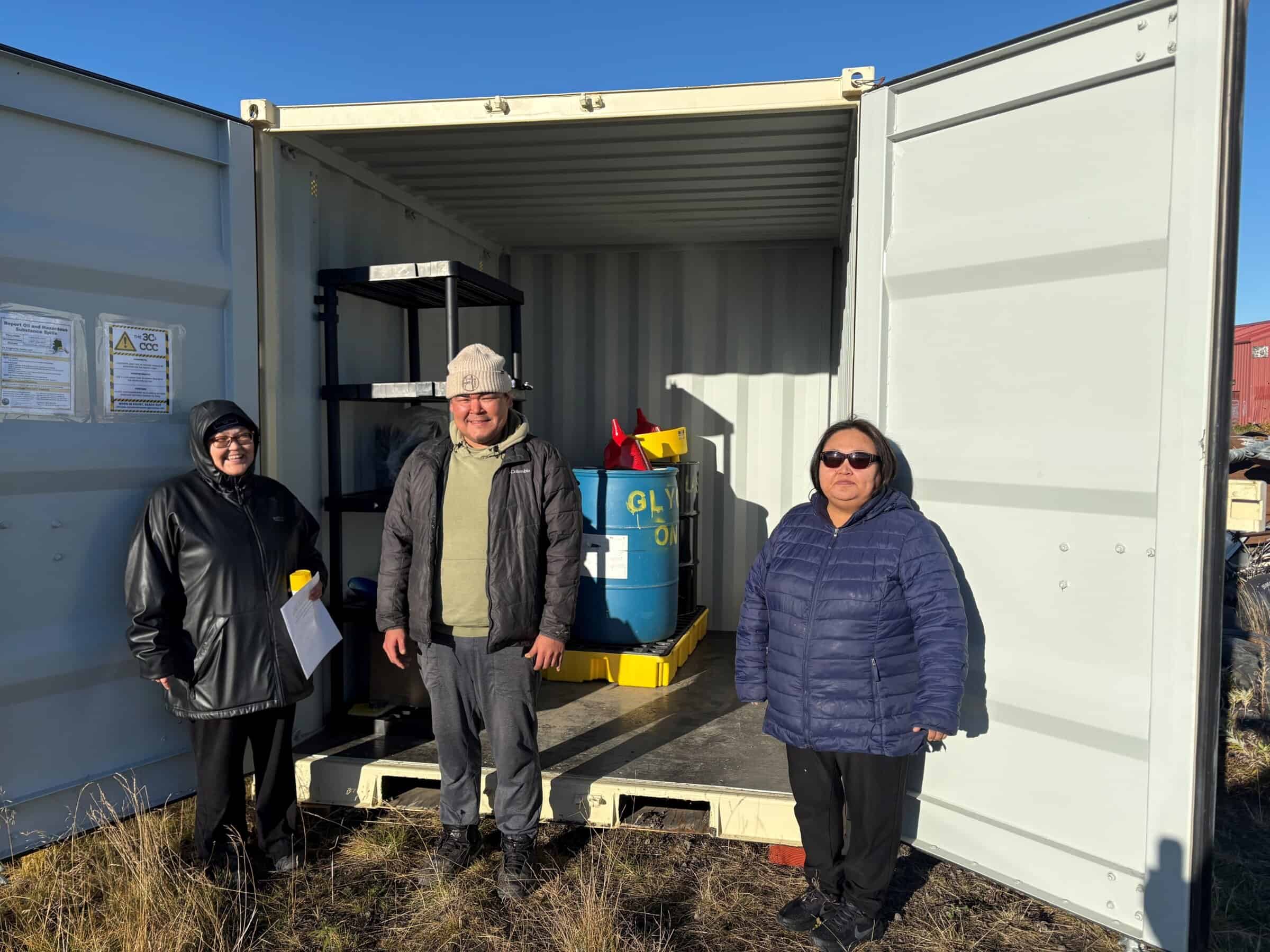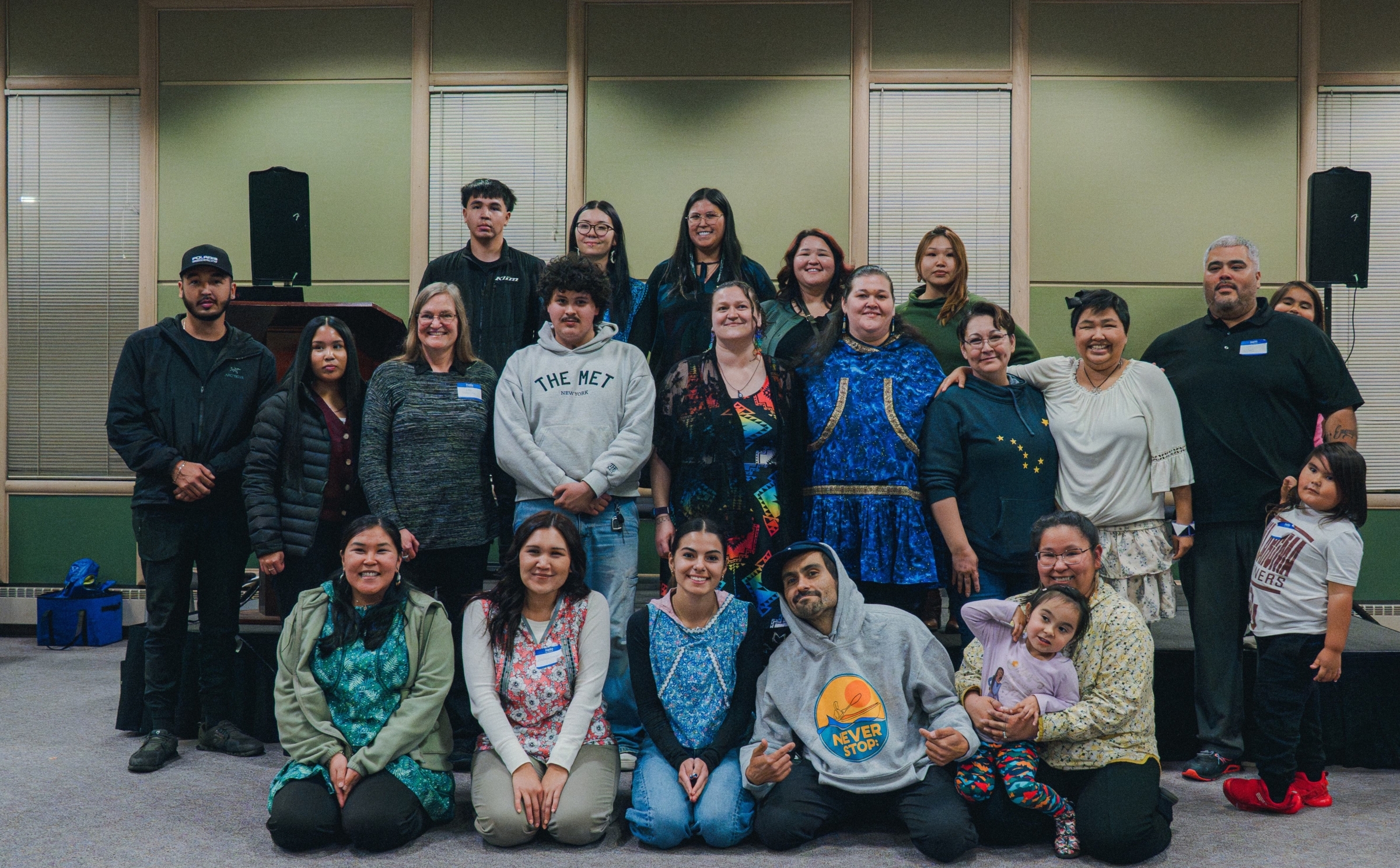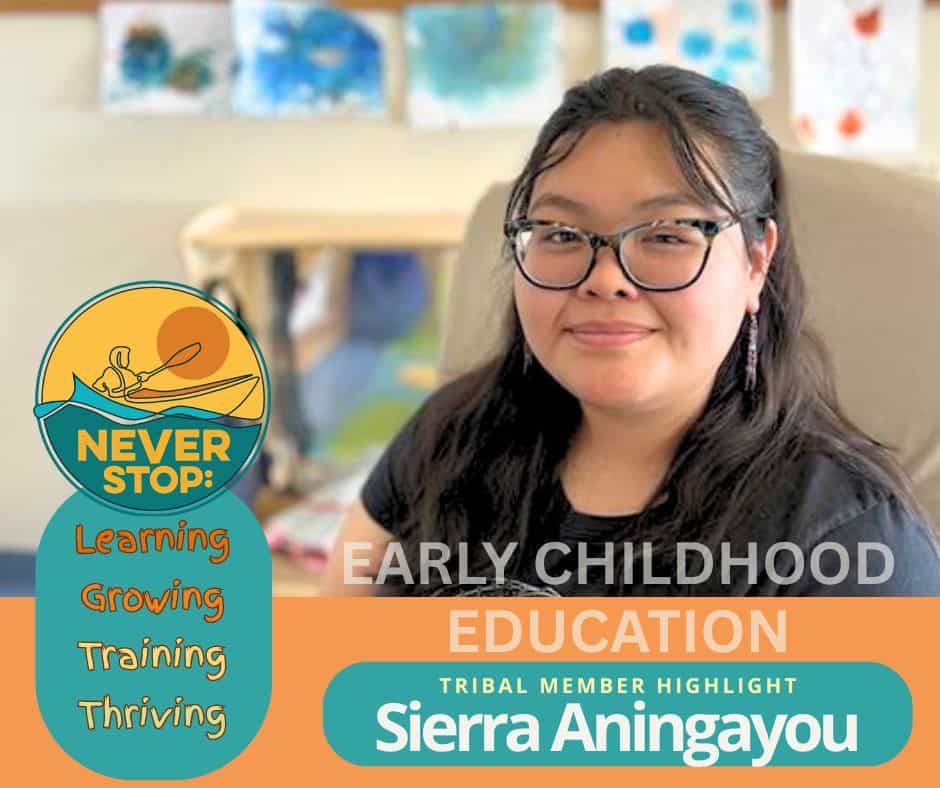As the driftwood fire burns hotter and hotter, the group edges their handbuilt clay pots closer to the coals. A few steps away, a pair of teens gather beach greens to put the finishing touches on their model driftwood Qaġzri (sod gathering place). Behind them, driftwood poles and stones are staged in the sand to approximate a caribou drive, a historic method for directing a herd of caribou (in this case acted out by highschoolers wearing cardboard antlers) into a body of water where they could be more easily hunted. And, of course, back at the fire there are S’mores! These are all scenes from the 5th annual Bering Strait Archaeology Camp, held from July 7-14th in Solomon (Aŋuutaq) with students from Koyuk (Kuuyuk), Nome (Sitnasuaq), Brevig Mission (Sitaisaq), and Stebbins (Tapraq).
Archaeology, essentially the study of human history through the things we’ve left behind, has played a significant role in understanding the history of the Bering Strait region. The camp—a partnership between Kawerak, the National Park Service, and Alaska Geographic and offered for credit through UAF Northwest Campus—gives kids from the region a chance to reclaim their own heritage through explorations into this region’s rich history.
Students in the camp learned to combine archaeological methods like surveying house pit sites, analyzing artifacts, and interviewing elders to create a picture of the past. Making “naniit” (clay seal oil lamps) was a favorite activity of both the students and the instructors. This was an exercise in “experimental archaeology,” a field of study that involves recreating ancestral technology. The students used clay from Cape Blossom, near Kotzebue (Kikiktagruk), and studied pottery artifacts from the Katirvik Cultural Center, and The Carrie M. McLain Museum in Nome before hand building their lamps and pit-firing them in a driftwood fire on the beach. Once the pots had cooled down, the students tested them with uqsruq (old seal oil) and palliit (wicks) made from lichen, cotton grass, and moss. The students concluded that seal oil and bacon grease were better fuels than olive or canola oil. “The seal oil burned hottest,” said Erin Pete, one of the campers, “But it sure smells like seal!”
Other activities during the week of camp included an Ethnobotany presentation by Darlene Paqpaluk Trigg, a discussion on original place-names, a visit to historic village sites at Salmon Lake (Navraazuk) and Nuuk, a tour of Pilgrim Hot Springs (Uunaatuq), and hosting a niġipiaq dinner for Elders with connections to the area around Solomon. Sandra Tahbone and family provided a fine dinner of reindeer soup, and Inupiaq salad that had seal, walrus, whale, fish, seal oil and greens. Nearly every day ended with reflective journaling and a dip into the Bering Sea.
Lisa Ellanna, director of the Katrivik Cultural Center and an organizer of the camp, explained that her wish for kids in the region to experience the science of cultural history. Youth were engaged in discussions about ethical research, the importance of oral history, and the definitions of knowledge from different perspectives.
According to Caelie Butler of the National Park Service, the hands-on activities “build confidence and curiosity” while allowing students to “experience a direct, tangible connection to the past.” The students’ final poster projects will be displayed at the Alaska Anthropological Association’s annual conference, held this year in Fairbanks.
Both the youth and the course instructors would like to sincerely thank the following Elders, cultural bearers and local experts who shared their knowledge, life experiences and knowledge of the history of the area: Al Sahlin, Berda Wilson, Annette and Cooper Piscoya, Kirsten Timbers, Angus and Barbara Mazonna, Margaret Ellanna, Nora Milligrock, Darlene Milligrock, Maryjane Litchard, Deanne Lincoln, Darlene Paqpaluk Trigg, Dr. Amy Phillips-Chan, Kaylene Evans, Kendra Nichols Takak, Lupe Zaragoza Lastine, Caelie Butler, Justin Junge, Hannah Atkinson, Nikki Braem, Dr. Julie Raymond-Yakoubian, Nick Trienen, Tanya Wongittilin, Laura Davis-Collins, Eileen Kazura, Colleen Reynolds and Lisa Ellanna. Special thank you to the Village of Solomon (Aŋuutaq) and Liz Johnson, for ensuring a wonderful location for our camp this year!
Please stay tuned for next year’s camp, which will be held during the month of July. Applications will be made available in April 2020.







